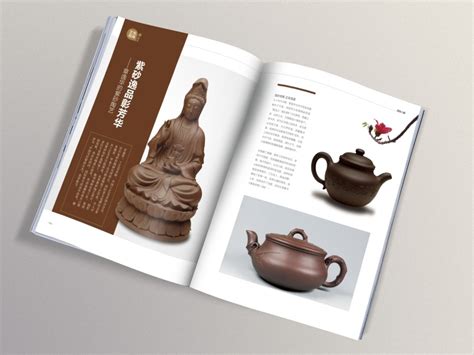书画艺术英语怎么说
Chinese calligraphy and painting, known as 书画 (shūhuà) in Chinese, are traditional art forms that have a long history and profound cultural significance in China. Chinese calligraphy, also known as 书法 (shūfǎ), is the art of writing Chinese characters with a brush and ink. Chinese painting, known as 中国画 (zhōngguóhuà), involves the use of brush and ink to create traditional Chinese paintings on paper or silk.
Chinese Calligraphy (书法)
Chinese calligraphy is considered one of the highest forms of Chinese art and is highly respected in Chinese culture. It is not only a means of communication but also a form of artistic expression. The beauty of Chinese calligraphy lies in the brushwork, the composition of characters, and the overall harmony of the piece.
There are several styles of Chinese calligraphy, with the main ones being:
- Seal Script (篆书 - zhuànshū)
- Clerical Script (隶书 - lìshū)
- Regular Script (楷书 - kǎishū)
- Running Script (行书 - xíngshū)
- Cursive Script (草书 - cǎoshū)
Practicing Chinese calligraphy requires discipline, patience, and a deep understanding of Chinese characters. It is not only a visual art form but also a spiritual practice that cultivates inner peace and mindfulness.
Chinese Painting (中国画)
Chinese painting is another traditional art form that has a rich history in China. It often depicts landscapes, flowers, birds, and other natural subjects using brush and ink. Chinese painting emphasizes the artist's expression of inner feelings and emotions rather than a realistic representation of the subject.
There are several techniques used in Chinese painting, including:
- Gongbi (工笔) - meticulous brushwork with fine details
- Xieyi (写意) - freehand style with expressive brushwork
- Shuimohua (水墨画) - ink and wash painting
Chinese painting is closely related to Chinese calligraphy, as both art forms require mastery of brush techniques and ink control. Artists often combine calligraphy and painting in their works to create harmonious pieces that showcase their skills in both disciplines.

Conclusion
Chinese calligraphy and painting are not only artistic practices but also cultural treasures that have been passed down for generations in China. They embody the beauty, elegance, and wisdom of Chinese culture and continue to inspire artists and art lovers around the world.
For those interested in learning Chinese calligraphy and painting, it is recommended to find a qualified teacher or attend classes at a reputable art school to receive proper guidance and instruction. Practice, patience, and a deep appreciation for Chinese culture are essential for mastering these traditional art forms.








